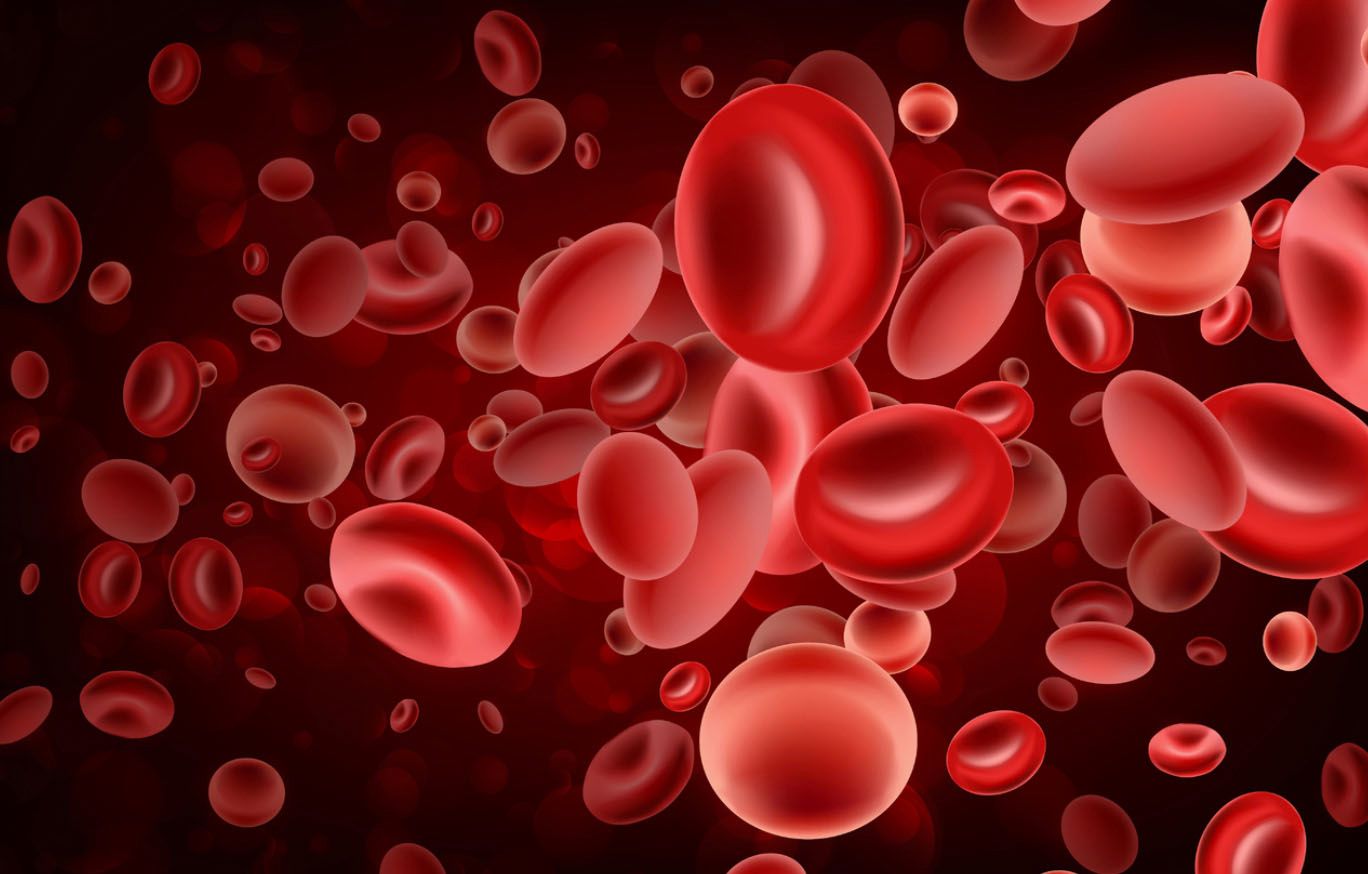Gemtuzumab Added to Induction Therapy Shows Limited EFS Benefit in NPM1-Mutant AML
Following the FDA approval of gemtuzumab ozogamicin with induction and consolidation therapy in newly diagnosed CD33-positive acute myeloid leukemia, investigators led by Richard F. Schlenk, MD, hypothesized that patients with NPM1-mutated acute myeloid leukemia, which occurs in 20% to 30% of the patient population, could also derive benefit from gemtuzumab.

Following the FDA approval of gemtuzumab ozogamicin (Mylotarg) with induction and consolidation therapy in newly diagnosed CD33-positive acute myeloid leukemia (AML), investigators led by Richard F. Schlenk, MD, of the German Cancer Research Center in Heidelberg, hypothesized that patients with nucleophosmin-1 (NPM1)-mutated AML,1which occurs in 20% to 30% of the patient population,2could also derive benefit from gemtuzumab. The theory was that patients withNPM1-mutant AML would demonstrate event-free survival (EFS) and overall survival (OS) benefit.1
A total of 588 patients received either induction chemotherapy without gemtuzumab (n = 296) or with gemtuzumab (n = 292). Following the first cycle of induction therapy, 93.2% of those in the standard arm (n = 276) and 88.0% of patients in the gemtuzumab arm had a response.
At a median follow-up of 40.0 months (95% CI, 35.5-47.0), the EFS rates in the standard arm and gemtuzumab arm were 52.6% (95% CI, 47.0%-58.9%) and 58.1% (95% CI, 52.5%-64.4%), respectively. These responses were not found to be significantly different, and the study failed to demonstrate the benefit of administering gemtuzumab after induction therapy.
Among patients who achieved a CR/CRi, response were significantly higher in the standard arm compared with the gemtuzumab arm. Responses occurred in 36.9% of patients in the standard arm (95% CI, 30.8%-43.0%) and 25.5% in the gemtuzumab arm (95% CI, 19.7%-31.2%)P= .005. There was no difference in the rate of cumulative incidence of death (CID) between the standard arm and the gemtuzumab arm (P= .80). The CID rates were 7.1% (95% CI, 3.9%-10.3%) and 8.3% (95% CI, 1.8%-11.8%), respectively.
For the induction therapy analysis, the responses for included complete remission (CR), CR with incomplete hematologic recovery (CRi), and partial remission, leading to the second cycle of induction therapy in both arms, excluding 15 patients from the gemtuzumab arm who were unable to continue mainly due to toxicity. In both the standard arm and the gemtuzumab arm, the overall response to induction therapy was CR/CRi in 88.5% of patients (n = 262), and 85.3% of patients (n = 249), respectively. Patients in the standard arm (5.4%) became disease refractory following induction therapy (n = 16), as did 4.1% of patients in the gemtuzumab arm (n = 12). Death occurred in 5.7% of patients in the standard arm (n = 17) and 10.3% of patients in the gemtuzumab arm (n = 30) during induction therapy. The CR/CRi rates were not different between the arms (P=.27). There was a higher death rate in the gemtuzumab arm. Specifically, 20.4% of patients in that arm died (n = 10) compared with only 4% of patients in the standard arm (n = 2).
Patients who received gemtuzumab had faster white blood cell recovery than those in the standard arm following the first cycle of induction therapy (P=.003), and similar results were observed after the second cycle of induction therapy. Platelet recovery was better in the standard arm, however, following the second cycle of induction therapy (P<.001).
Patients who achieved a CR or CRi following induction therapy were then given 3 cycles of consolidation therapy. In this study, 15 patients who had a CR/CRi were excluded from the consolidation therapy analysis due to toxicity. Platelet recovery following 1 cycle was quicker in patients who received gemtuzumab compared with those who received the standard treatment (P<.001).
The study followed a randomized 1:1 design. In the standard arm, patients were given 2 cycles idarubicin (12 mg/m2) on days 1, 3, cytarabine (100 mg/m2continuously on days 1 to 7), and etoposide (100 mg/m2on days 1 to 3 with or without gemtuzumab 3 mg/m2intravenously on day 1; gemtuzumab arm, or if they were younger than 60 years of age. Treatment doses were reduced to days 1 and 3 in patients who were over the age of 60.
The primary end point of the study was OS, and the key secondary end points were EFS, rate of CR, the cumulative incidence of relapse, the cumulative incidence of death in complete remission, and the rate of early deaths.
To enroll, patients were required to have an AML diagnosis with anNPM1mutation. Patients had to be at least 60 years old with no prior chemotherapy for leukemia and be eligible for intensive chemotherapy. The study excluded patients with certain subtypes of AML, uncontrolled infection, a bleeding disorder dependent of leukemia, known immunodeficiency viruses, organ insufficiency, severe neurological or psychiatric disorders, and those with an active second malignancy other than non-melanoma skin cancers.
Although the end points of the study were missed, Schlenk et al believe the significant reduction in cumulative incidence of relapse observed in the gemtuzumab arm warrants further study of antileukemic activity with gemtuzumab.
References
- Schlenk RF, Paschka P, Krykalla P, et al. Gemtuzumab Ozogamicin in NPM1-Mutated Acute Myeloid Leukemia: Early Results From the Prospective Randomized AMLSG 09-09 Phase III Study. J Clin Oncol. 38. doi: 10/1200/JCO.19.01406.
- Falini B, Mecucci C, Tiacci E, et al: Cytoplasmic nucleophosmin in acute myelogenous leukemia with a normal karyotype. N Engl J Med. 352:254-266, 2005.
Novel Approaches Focus on Limiting Toxicity in Older Patients With ALL
April 22nd 2024The major challenges for clinicians treating older patients with acute lymphoblastic leukemia surround the emergence of resistance to existing therapies and the toxicities associated with current chemotherapies.
Read More